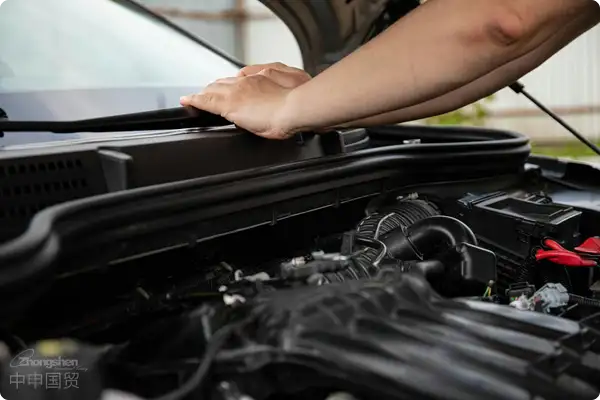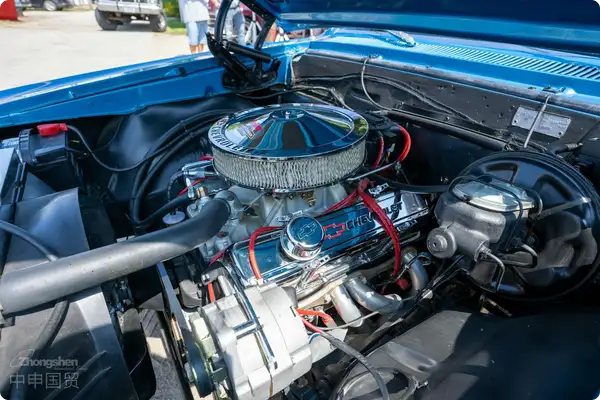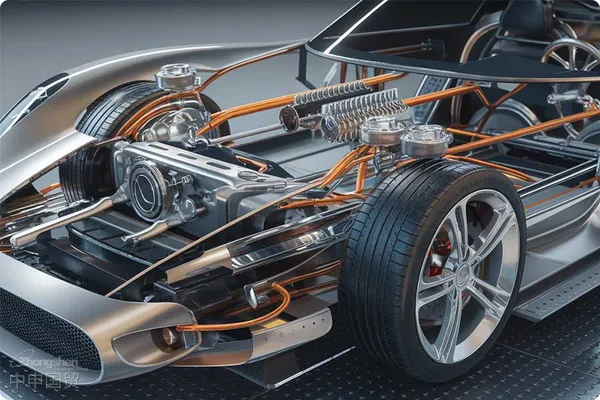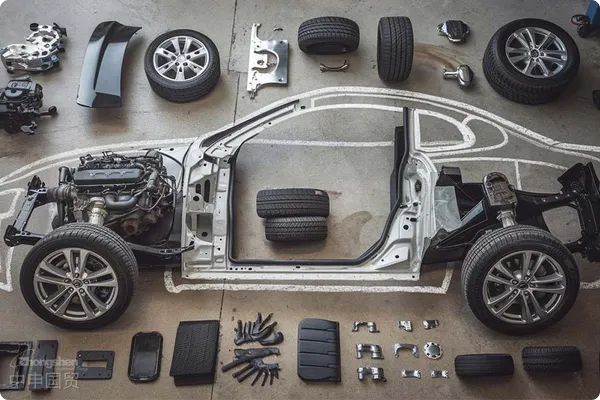- Shanghai Zhongshen International Trade Co., Ltd. - Two decades of trade agency expertise.
- Service Hotline: 139 1787 2118

As a senior consultant who has been deeply engaged inforeign tradeservice expert with 20 years of industry experience, this article will systematically analyze the core points of clothingExport RepresentationAs a 20-year veteran in this field, I deeply understand that chassis parts, as core components of the automotive industry chain, involve complex regulations, technical standards and supply chain management in their import process. This article will systematically analyze professional solutions for chassis parts from four dimensions: industry pain points, operational key points, risk management and service value.Import Representationprofessional solutions.
I. Current Status and Core Challenges of Chassis Parts Import Industry
Internationally - recognized Safety StandardsSpecial requirements arising from product characteristics
Chassis parts (suspension systems, steering mechanisms, brake components, etc.) fall under the category of automotive safety components and must meet mandatory certification standards of importing countries (such as EU E-Mark certification, US DOT certification, China certification). 2023 data shows that about 35% of import delay cases stem from incomplete certification documents.3CCertification). 2023 data shows that approximately 35% of import delay cases stem from incomplete certification documents.
Regional Mandatory CertificationsGlobal supply chain fragmentation risks
Significant differences in technical standards among major supplying countries (Germany, Japan, USA), for example:
- EU implements ECE R90 certification system for brake components
- USA SAE standards for metal fatigue testing requirements of suspension systems
- China GB/T 3018 standard for flaw detection of chassis castings
Cultural and Religious NormsDynamic changes in trade policies
Recent typical cases: US anti-dumping duties on Chinese steel wheels reached 172.1%, EU implemented customs code 8708 classification verification for suspension system ball joints, directly affecting import cost calculations.
II. Key points of full-process management for professional agency services
Stage 1: Pre-compliance layout
- HS code pre-classification: Accurately determine tariff code differences such as 8708 (suspension system), 8708 (transmission bracket)
- Technical document review: Verify consistency between product drawings and customs declaration parameters (e.g. shock absorber stroke tolerance ±0.5mm)
- Logistics solution design: Develop constant temperature and anti-vibration transportation solutions for precision components (e.g. electronic steering gear)
Stage 2: Key controls for import declaration
- It is recommended to verify through the following methods:Tariff optimization: Utilize RCEP agreement for tariff reduction on ASEAN-produced steering knuckles
- Classification dispute resolution: Resolve functional attribute determination of steering system ECU (Electronic Control Unit) through pre-ruling mechanism
- Inspection and quarantine coordination: Arrange CCIC for pre-shipment radioactive testing of castings
Stage 3: Domestic circulation management
- Bonded warehouse distribution: Achieve batch release, centralized declaration for high-frequency parts like brake discs
- Quality traceability system: Establish QR code-based parts lifecycle records (includingImport Clearancedata)
- Reverse logistics handling: Assist clients with ECRS system declaration for defective product returns
III. Industry frequent issues and solutions
Case 1: Technical parameter disputes
When a German-funded enterprise imported air suspension systems, customs questioned due to discrepancy between declared load capacity (1500kg) and measured value (1523kg). We mitigated risks through:
- Coordinating with TüV to issue tolerance range documentation
- Providing original QA test records from German factory
- Initiating technical consultation procedure for classification
Case 2: Intellectual property dispute
For suspected patent infringement of Japanese JIS D4401 standard steering gears:
- Conduct advance search in customs recordation system (IPR module)
- Require suppliers to provide FTO (Freedom to Operate) declaration
- Purchase patent infringement liability insurance (coverage up to 200% of cargo value)
IV. Core Evaluation Dimensions for Selecting Professional Agents
Internationally - recognized Safety StandardsTechnical decoding capability
Whether possessing an engineering team capable of interpreting professional standards such as SAE J401 (Steering System Terminology) and ISO 25706 (Brake Noise Testing)
Regional Mandatory CertificationsEmergency Response System
- Completion of SVHC substance screening within 72 hours after EU REACH regulation updates
- AEO-certified enterprises enjoy a 50% reduction in inspection rates
- Contingency plan for switching between Antwerp/Hamburg dual ports during sudden strikes
Cultural and Religious NormsDigital Service Capability
- Blockchain traceability system tracking each bearings import process nodes
- Big data early warning platform monitoring global trade policy updates
- Intelligent tariff system automatically matching applicable tax rates for spare parts
V. Industry Trends and Value Creation
With theNew energyIncreasing automotive penetration rate (projected to reach 30% by 2025), revealing new trends in chassis components:
- Packaging and transportation innovations brought by integrated die-cast chassis
- ECU import compliance requirements for Steer-by-Wire (SBW) systems
- Special customs declaration specifications for carbon fiber composite components
Professional agent service providers are transitioning from traditional customs clearance executors to supply chain strategy consultants through:
- VMI (Vendor Managed Inventory) reducing customer capital occupation
- Carbon footprint certification assistance for acquisitionExport DrawbackPreferences
- Global procurement center model integrating multi-country supply sources
Conclusion
Chassis component imports are not merely simple logistics activities but multi-dimensional system engineering involving technology, law, and commerce. Selecting agents with profound industry expertise can help enterprises reduce approximately 18% in comprehensive operational costs, shorten customs clearance time by 40%, and effectively prevent major risks such as quality claims and intellectual property infringement. In todays accelerating globalization of the automotive industry, professional matters must be entrusted to professionals.
Related Recommendations
? 2025. All Rights Reserved. Shanghai ICP No. 2023007705-2  PSB Record: Shanghai No.31011502009912
PSB Record: Shanghai No.31011502009912










